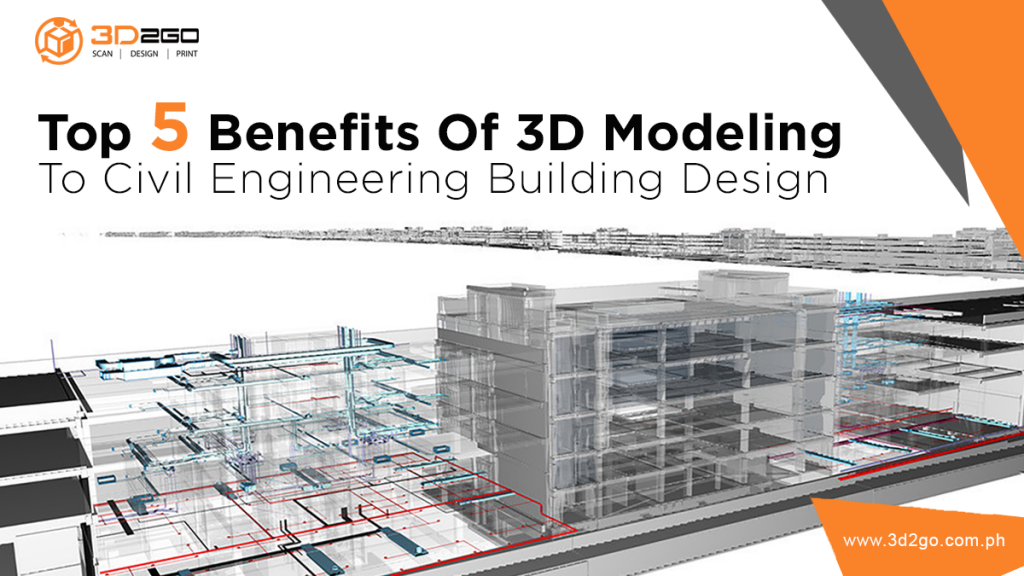The Innovations Of Civil Engineering In 3D Printing For Building Construction

When it comes to designing buildings, there are a lot of factors to consider. One of the most important factors is making sure the building is safe, structurally sound, and functional. Of course, this is easier said than done. That's why many civil engineers are turning to 3D modeling to help them in the designing process.
In this post, we will explore the advantages of using 3D modeling in building design. We'll also answer some frequently asked questions about 3D modeling and how it's used in the civil engineering industry.
Advantages of Using 3D Modeling in Building Design
1. 3D modeling can help reduce errors
When designing a building, even the smallest error can have disastrous consequences. With traditional 2D drawings, it can be difficult to identify these errors until it's too late. With 3D modeling, however, errors are easier to identify and correct before the construction process begins.
2. 3D modeling can improve collaboration
Civil engineering projects often involve working with a team of architects, contractors, and other professionals. 3D modeling software enables more efficient collaboration, allowing team members to view and modify designs in real-time. This can help prevent miscommunications and ensure everyone is on the same page.
3. 3D modeling can save time and money
By using 3D modeling, civil engineers can get a better understanding of the design and how it will be modified in real life conditions. This insight can lead to less need for revisions, which saves time and money on the project. It can also help prevent costly mistakes.
4. 3D modeling can help with visualization
One advantage of 3D modeling is that it can provide a more realistic and accurate representation of the final product. Civil engineers, architects, and clients can all benefit from this visualization to better understand the design.
5. 3D modeling can facilitate testing
With 3D modeling, civil engineers can use simulations to test different design scenarios and make adjustments before construction begins. This can help identify potential issues before they become major problems.
6. 3D modeling can improve safety
By identifying potential safety issues before construction begins, 3D modeling can help improve safety on the job site. This can help prevent injuries and save lives.
7. 3D modeling can help with maintenance
Once a building is constructed, it will require ongoing maintenance. With 3D modeling, engineers can have a better understanding of the building's layout and structure, which can make maintenance and repairs more efficient.
8. 3D modeling can help with sustainability
Finally, 3D modeling can help with sustainability. By optimizing design and material choices, 3D modeling can help reduce environmental impact and improve energy efficiency.
Frequently Asked Questions
What software is commonly used for 3D modeling in civil engineering?
Some popular software for 3D modeling in civil engineering includes AutoCAD Civil 3D, Revit, and SketchUp.
Is 3D modeling more expensive than traditional 2D drawings?
The cost of 3D modeling software can be higher than traditional 2D drawing software. However, the time and cost savings that can be achieved through 3D modeling can make it a worthwhile investment.
Can 3D modeling be used in all types of civil engineering projects?
3D modeling can be used in many types of civil engineering projects, including building design, roadway design, and land development. However, the feasibility of using 3D modeling can depend on the specific project requirements and scope.
Is 3D modeling the future of civil engineering?
While it's difficult to predict the future of any industry, it's clear that 3D modeling has many advantages in the field of civil engineering. As the technology continues to evolve, it's likely that 3D modeling will become even more prominent in the industry.
What skills are required to work with 3D modeling software?
Working with 3D modeling software requires knowledge of computer-aided design (CAD) and computer graphics. Some familiarity with drafting and design principles can also be helpful.
Can 3D modeling replace the need for physical prototypes?
While 3D modeling can facilitate testing and identify potential issues, it's still important to create physical prototypes and conduct physical testing to ensure safety and functionality.
Does 3D modeling improve accuracy in building design?
Yes, 3D modeling can significantly improve accuracy in building design. By creating a three-dimensional model, engineers can identify and prevent potential errors in the design process.
In conclusion, the advantages of 3D modeling in civil engineering are numerous. From reducing errors to improving safety, 3D modeling can help streamline the building design process and save time and money. However, it's important to note that 3D modeling is not a replacement for physical testing. By combining the benefits of 3D modeling with physical testing, civil engineers can create safer, more efficient, and more sustainable buildings.


Post a Comment for "The Innovations Of Civil Engineering In 3D Printing For Building Construction"